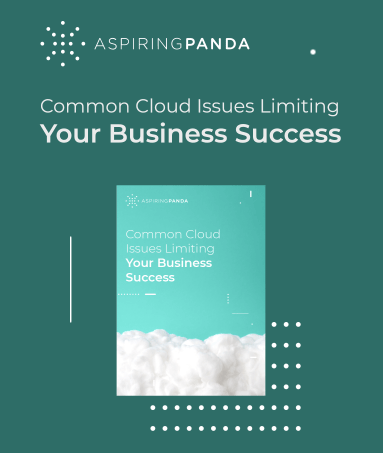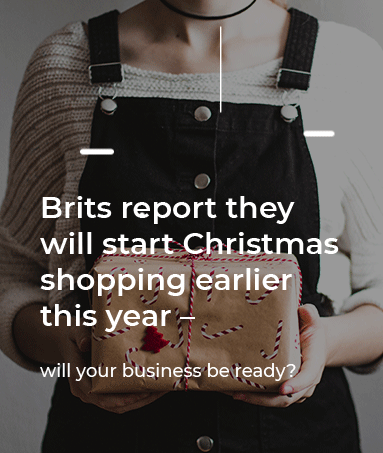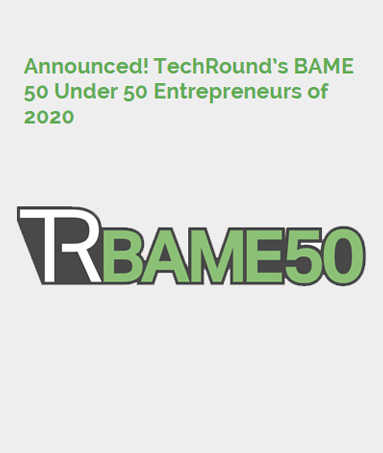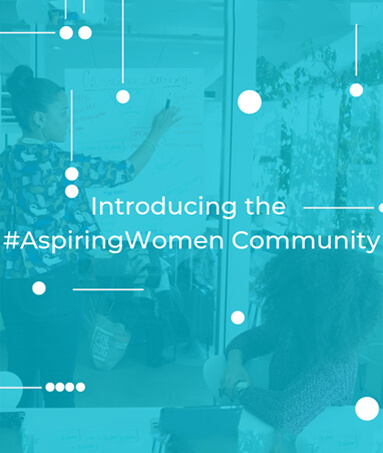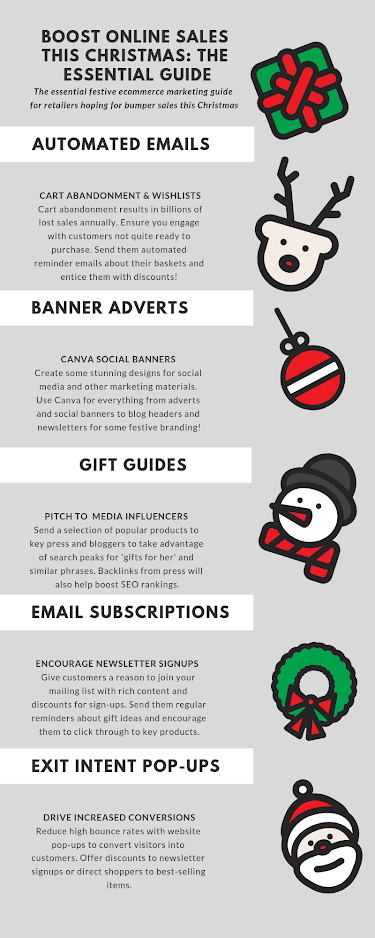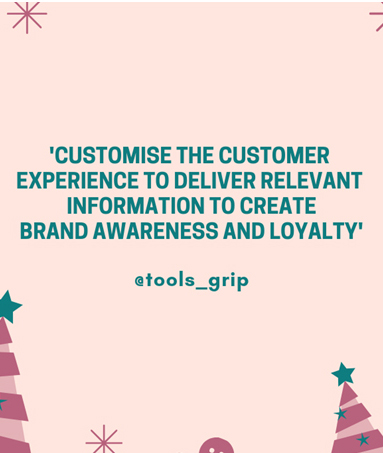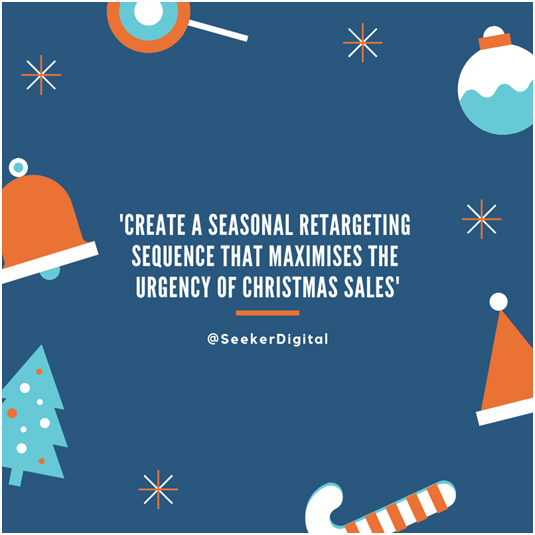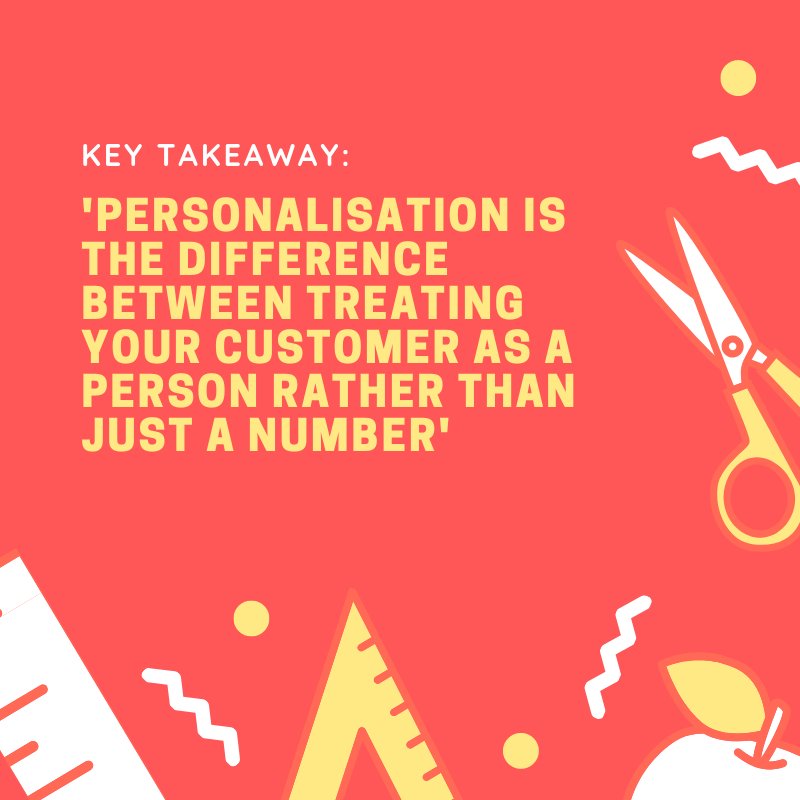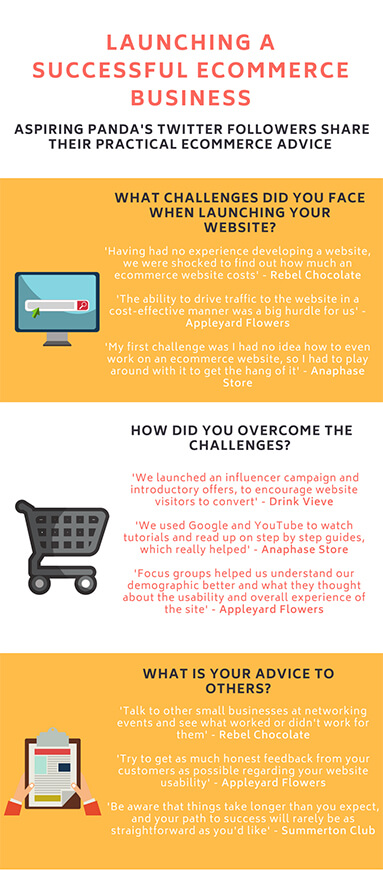With 2020 now in full swing, there’s never been a better time to reflect on some of the ecommerce predictions made towards the end of 2019. Online retail experts expect sustainable shopping to grow in popularity, flexible finance options to be commonplace and mobile commerce to become as seamless as desktop shopping.
Curious to discover the other trends that will have an impact on your ecommerce business in 2020? Check out our top predictions and feel free to share some of your own in the comments below or on social.
Increase in mobile payments along with a growth in phone app push notifications
With more and more consumers making online purchases via their smartphones, ecommerce retailers will need to ensure the safety and efficiency of every transaction. Whilst traditional desktop purchases give consumers ample time to browse and compare, mobile shopping needs to be quick and easy for customers making purchases on the go. This means there should be little friction between when a product is selected and subsequently paid for; the fewer steps and clicks the better the user experience. To enhance the mobile shopping experience even further, plenty more retailers will be providing apps to their customers. This will ultimately see a rise in more persuasively written in-app push notifications to encourage customers to use the app more proactively. Additionally, apps allow retailers to capture even more granular data on customers shopping habits to offer more personalised recommendations.
Social commerce shows no sign of slowing down
With reality shows like Love Island creating huge influencers almost overnight, savvy ecommerce brands are always looking for creative ways to take advantage of Instagram’s popularity to sell products. Retailers like I Saw it First have become official sponsors of Love Island, launching exclusive collections sported by the stars of the popular show. Whether fans are following their favourite Love Island star or following the I Saw it First Instagram page, they can instantly make a purchase from within a post simply by clicking the shopping bag icon to be taken to the product page on the website. Other popular retailers like FashionNova have also benefited from Instagram’s in-app shopping feature that makes social commerce a much more seamless process.
Online stores come to life as physical experiences
Ecommerce only stores wanting to test the waters to see if their store will perform as well in a physical capacity are turning to temporary pop-up shops in a bid to conduct some market research. Whilst retailers like House of CB opened fully-fledged standalone stores in shopping centres, cult ecommerce brands like Gwyneth Paltrow’s Goop and Glossier are bringing their massive followings across the ponds so British consumers can see what all the hype is about. This is a great way for retailers to test the waters with different audiences before committing to expensive retail space.
The growing backlash against excessive consumerism
The goal of any business is to make a profit but how can brands continue to do so when customers are becoming more conscious of issues like staff working conditions, sustainability and the environment? Brands without a strong corporate responsibility may experience negative feedback from consumers who want to align themselves with brands with a strong set of ethics and values. The Black Friday and Cyber Monday phenomenon adopted from the States has already seen some consumers threaten to boycott the likes of Amazon, with accusations that online retailers often put profit above staff wellbeing during the manic festive season. Customers concerned about employee conditions are turning to more sustainable brands with strong credentials and fair working practices. These brands may sell products that cost slightly more but the quality is better, the materials typically recycled and the staff are paid a fair wage. Additionally, green customers are looking for environmentally friendly options when they shop whether that’s recycled fashion or vegan meals. Indeed, Veganuary saw a record 400,000 people sign up to commit to a vegan diet for the month of January. Food retailers also experienced a sales lift with KFC selling a million vegan burgers in the first month they were on sale, while the food delivery service Deliveroo said orders of vegan dishes had increased by 78% compared with last year.
Flexible financing options for big and small purchases
Retailers looking for ways to encourage customers to spend more and frequently have often turned to loyalty programmes and store cards to do so. Now, retailers are moving towards flexible payment options to target millennials who may not always have the funds to hand for large shopping purchases. This is where payment platforms like Klarna and Clearpay come in. Customers no longer need to wait till payday to complete that big online shop, now they can purchase a shopping bag of items worth £100 and pay in four affordable instalments of £25. Only the merchants are charged to use the service and customers are only charged a late fee if they miss a payment, so it’s a practical service that suits both parties. If your average order value is large however, you may want to consider offering financing options to your customers. Even more importantly, customer financing has been proven to increase conversion rates by up to 25%. Good to know considering many basket abandonments happen at the shopping cart stage when many customers appear to be put off by the total amount.
